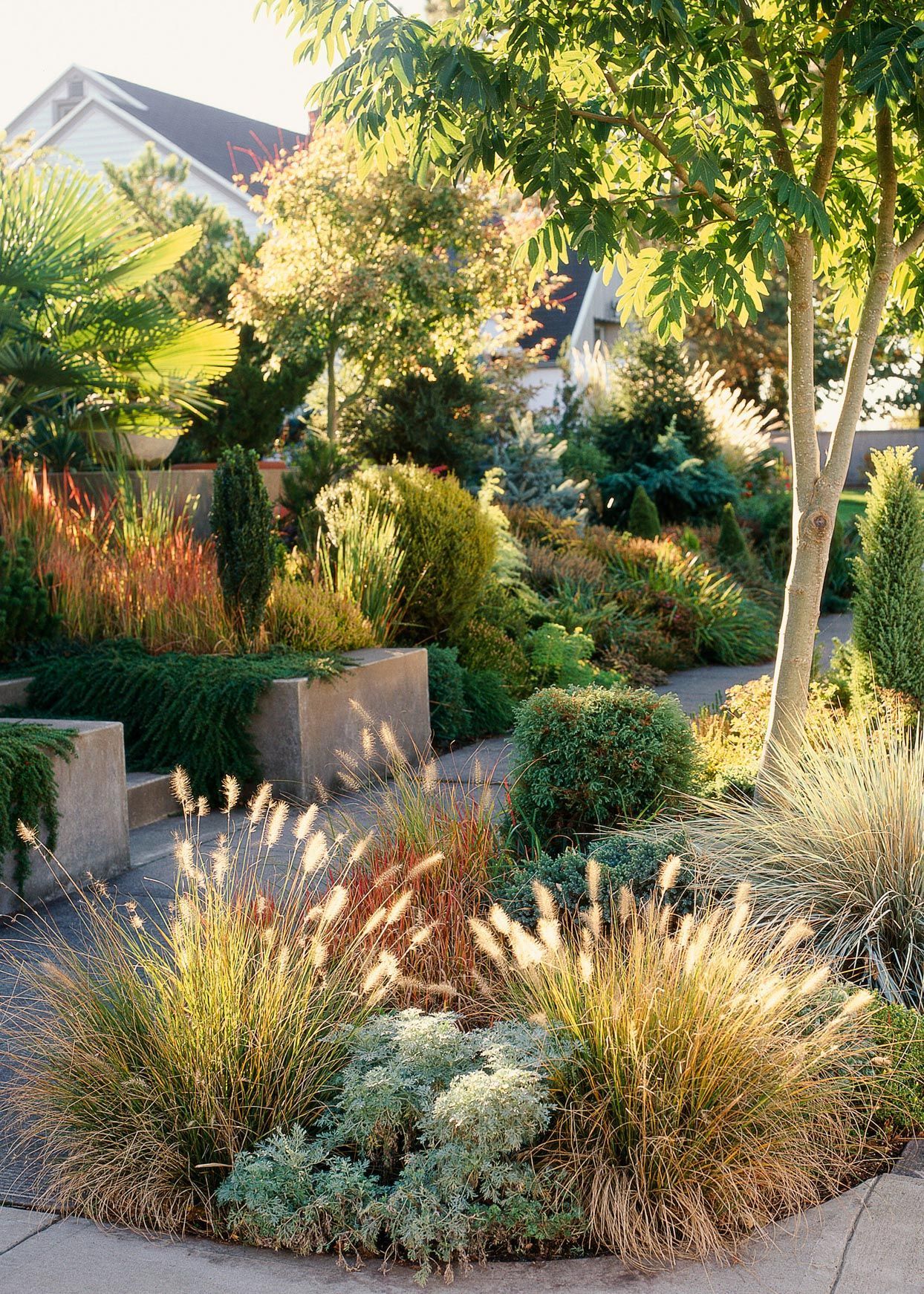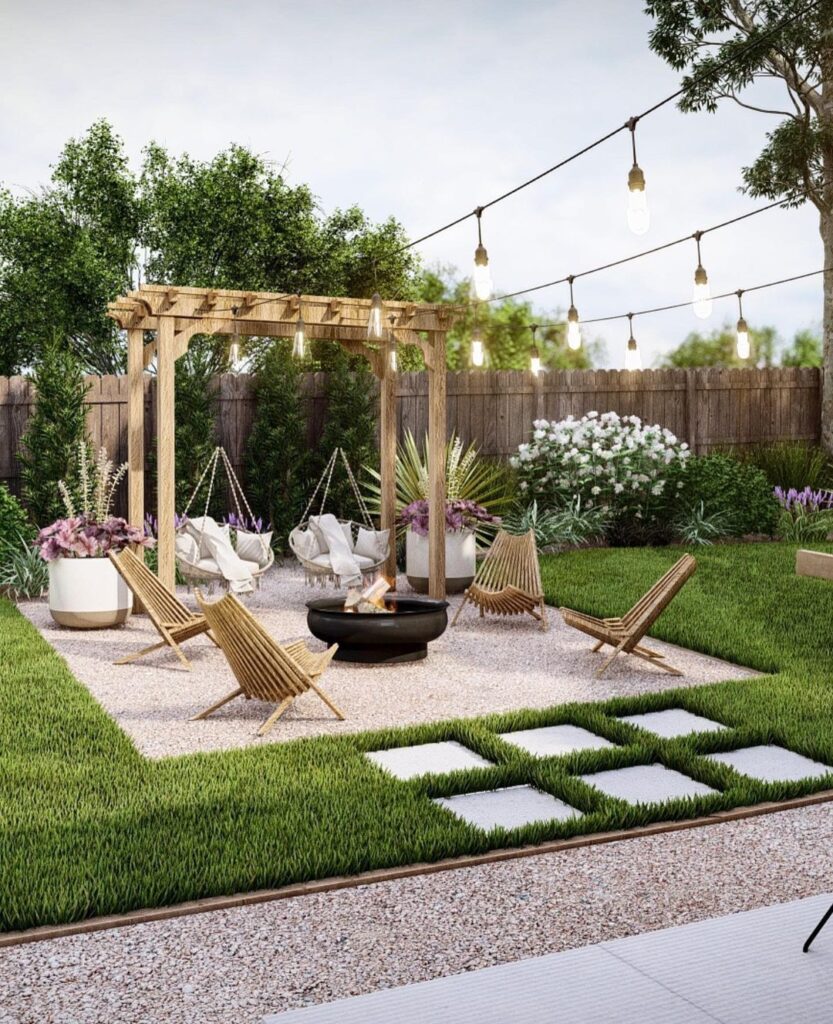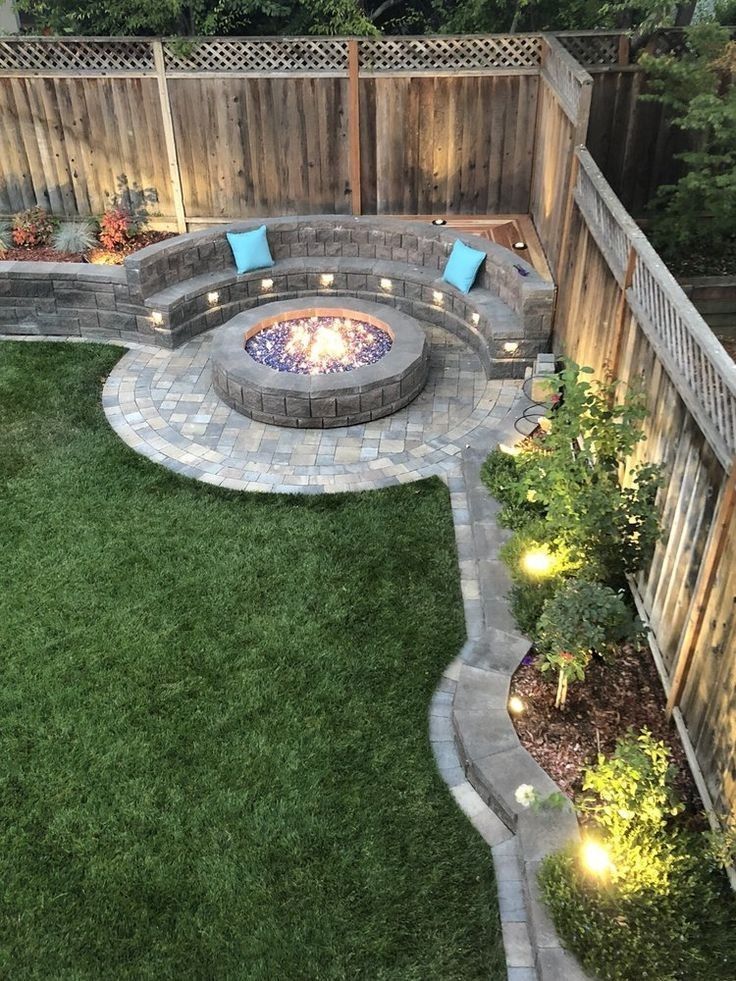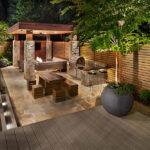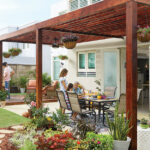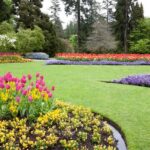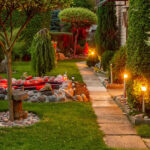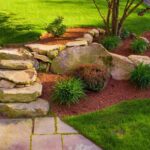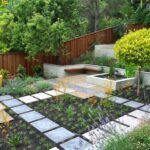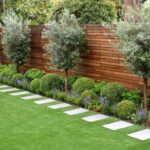Backyard landscaping can transform an ordinary outdoor space into a beautiful and functional oasis. With careful planning and thoughtful design, homeowners can create a backyard that not only enhances the aesthetics of their property but also adds value and provides a welcoming environment for entertaining and relaxation.
One of the first steps in backyard landscaping is to assess the space and identify any existing features that can be incorporated into the design. This could include trees, shrubs, or other natural elements that can serve as focal points or provide a backdrop for other landscaping elements. It’s important to consider the size and shape of the backyard, as well as any existing structures that may impact the overall layout of the space.
Once the existing features have been taken into account, homeowners can begin to brainstorm ideas for their backyard landscaping design. This could involve creating different zones within the backyard, such as a dining area, a seating area, a play area for children, or a garden space. The key is to create a cohesive design that flows seamlessly from one area to the next, while also providing functionality and practicality for the homeowner’s needs.
Incorporating a variety of landscaping elements, such as plants, trees, shrubs, flowers, and hardscaping features like pathways, decks, and patios, can help to create visual interest and add depth to the backyard design. Choosing plants and flowers that thrive in the local climate and soil conditions is essential for ensuring a successful and low-maintenance landscaping project. Additionally, incorporating hardscaping elements can help to define different areas of the backyard and create a sense of structure and organization.
Another important aspect of backyard landscaping is creating a sense of privacy and seclusion. This can be achieved through the strategic placement of plants, trees, and other landscaping features that help to block views from neighboring properties or create a sense of intimacy within the backyard space. Fences, screens, and trellises can also be used to create privacy and add a touch of style to the backyard design.
Finally, incorporating lighting into the backyard landscaping design can help to extend the usability of the outdoor space into the evening hours. This could include strategically placed landscape lighting to highlight key features of the backyard, as well as overhead lighting for dining or seating areas. Pathway lighting can also add a practical and aesthetic touch to the backyard, ensuring safety and visibility as the sun goes down. Ultimately, backyard landscaping is a creative and rewarding process that allows homeowners to transform their outdoor space into a beautiful and functional retreat that they can enjoy for years to come.
